Hesam Rahmanian
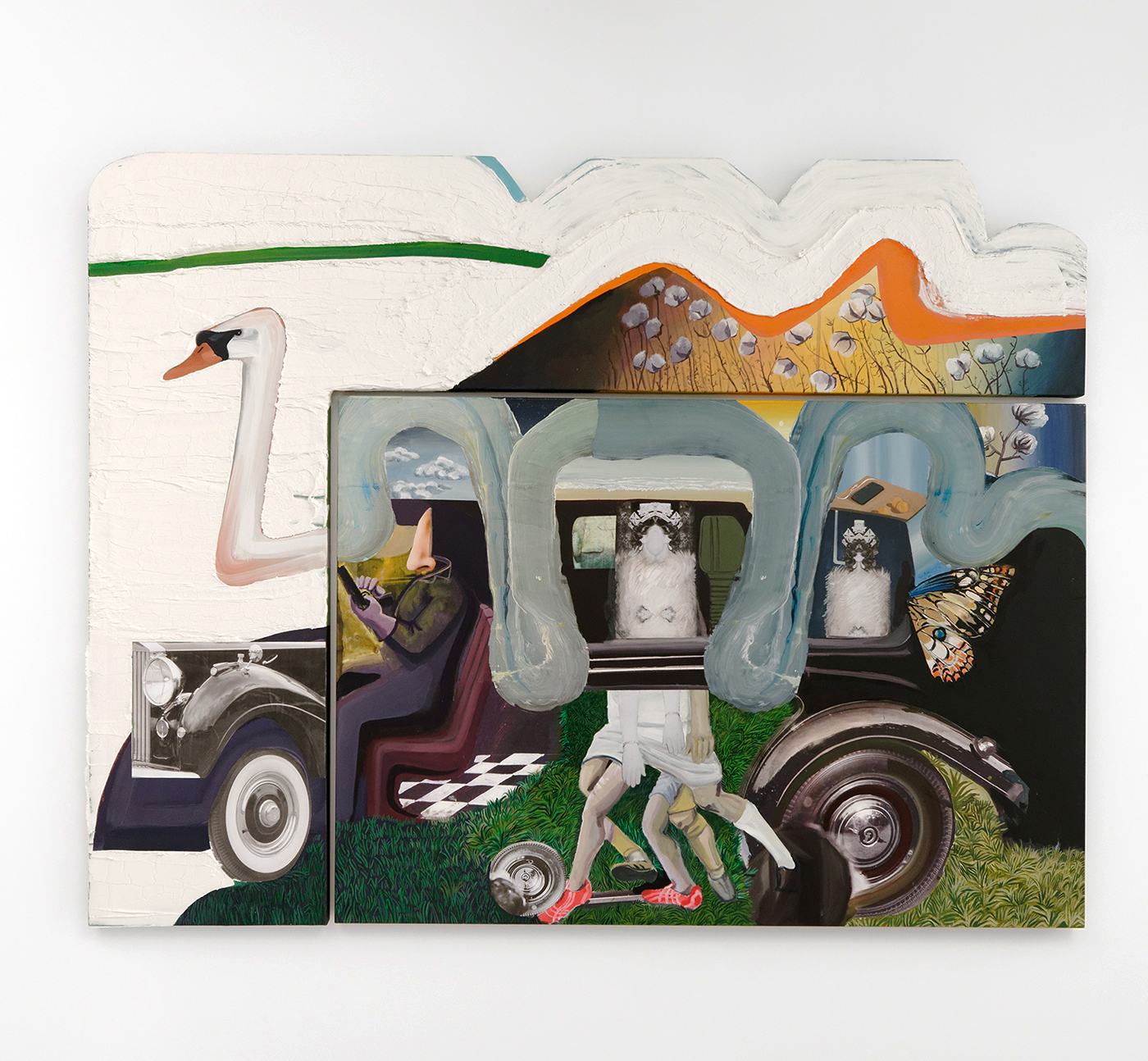
Ramin Haerizadeh, Rokni Haerizadeh, Hesam Rahmanian
Madame Tussauds (Her Majesty), 2020-2022
Acrylic, gesso and heavy mold on canvas (diptych)
163 x 212 x 5 cm
Unique artwork
© Crédit photo Aurélien Mole (juin 2023)
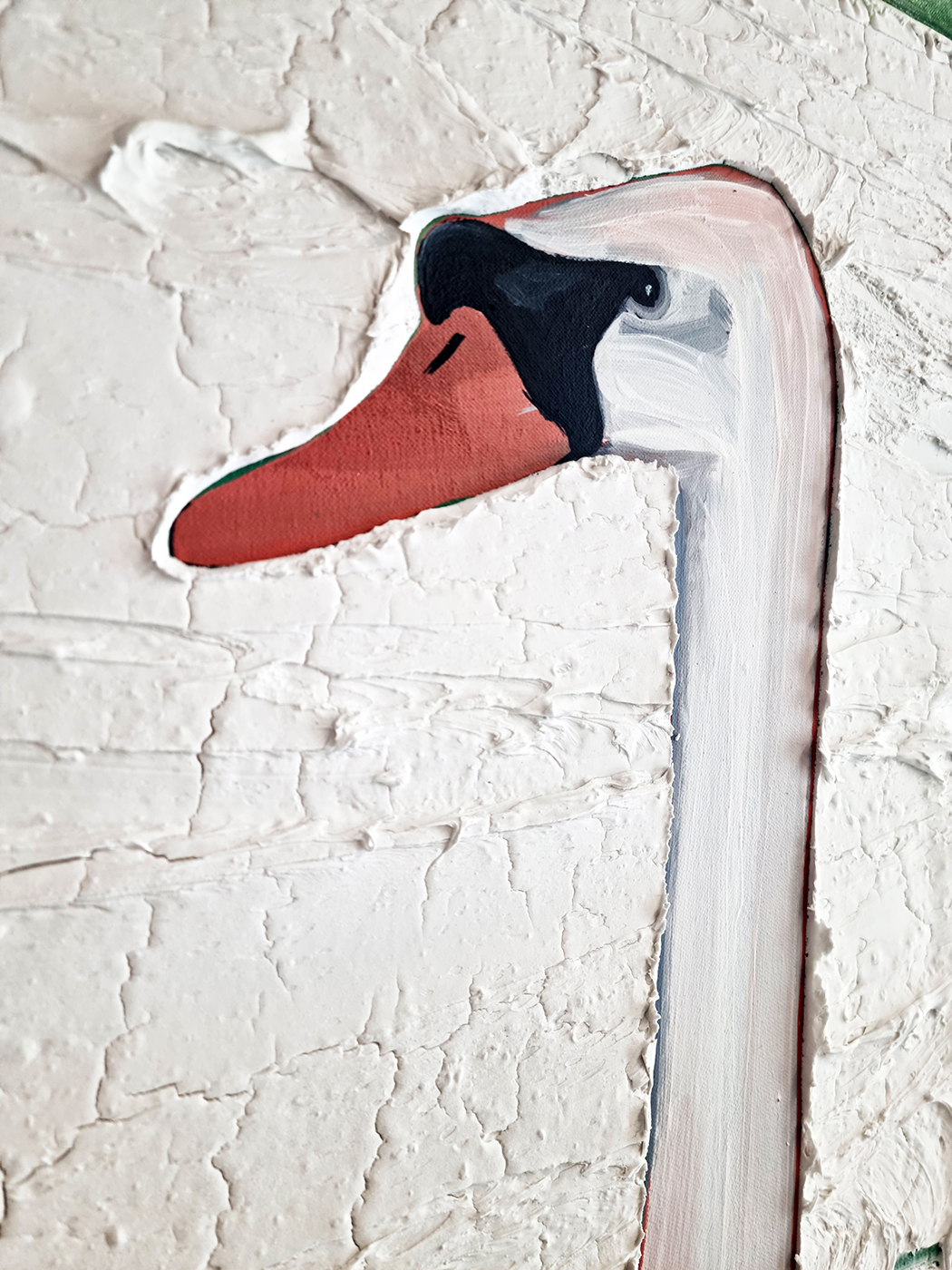
Ramin Haerizadeh, Rokni Haerizadeh, Hesam Rahmanian
Madame Tussauds (Her Majesty), 2020-2022
Détail
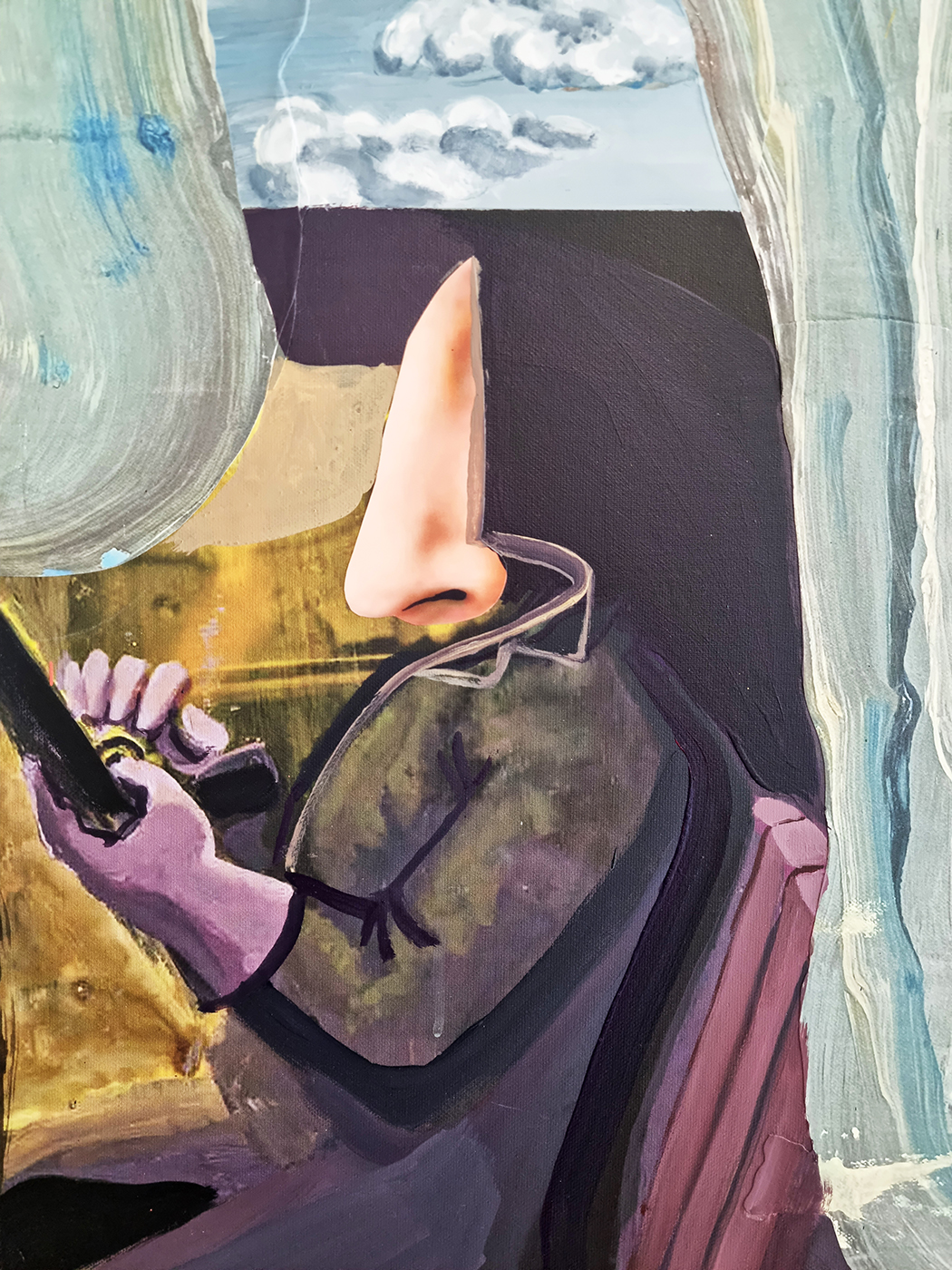
Ramin Haerizadeh, Rokni Haerizadeh, Hesam Rahmanian
Madame Tussauds (Her Majesty), 2020-2022
Détail
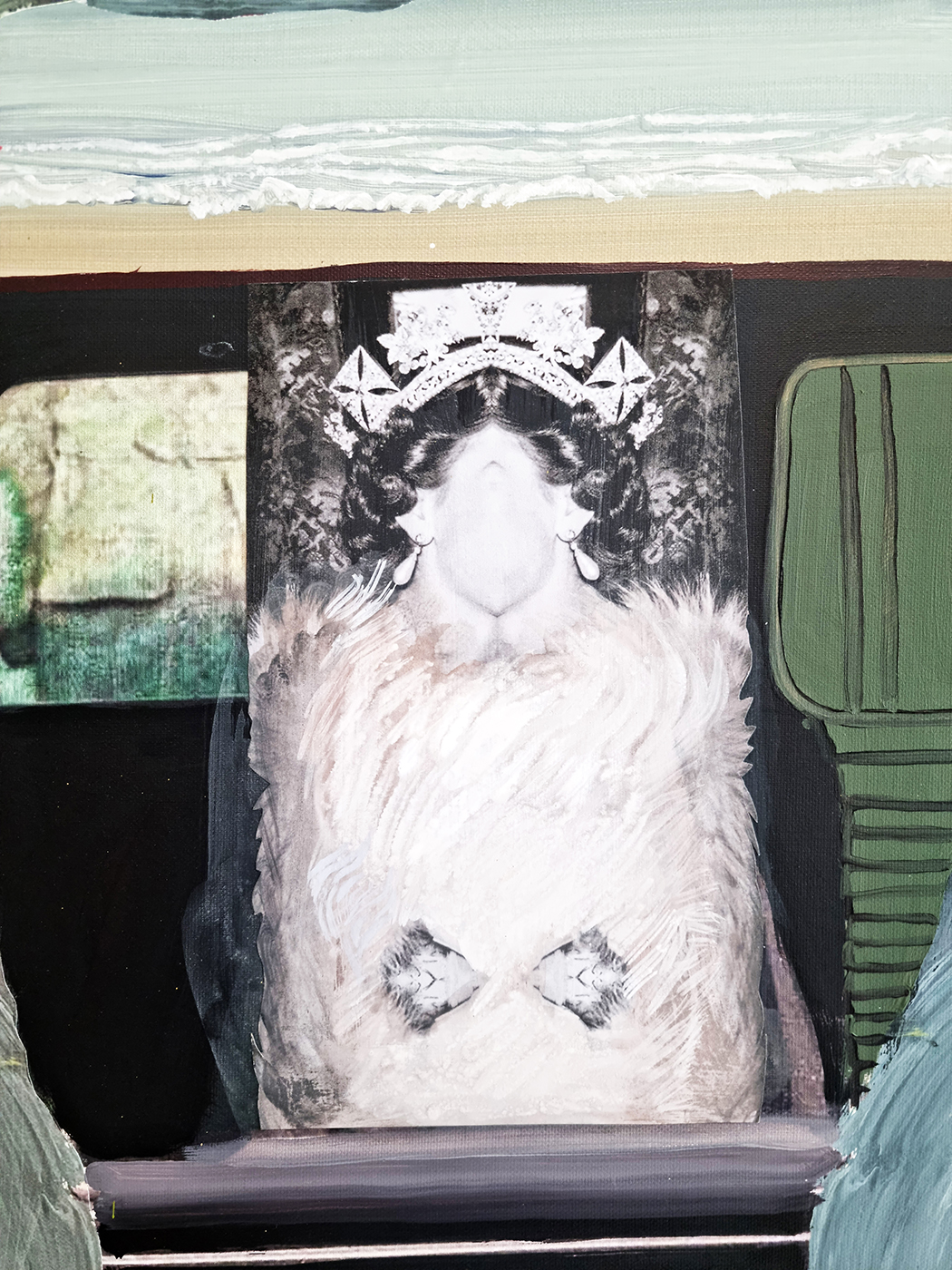
Ramin Haerizadeh, Rokni Haerizadeh, Hesam Rahmanian
Madame Tussauds (Her Majesty), 2020-2022
Détail
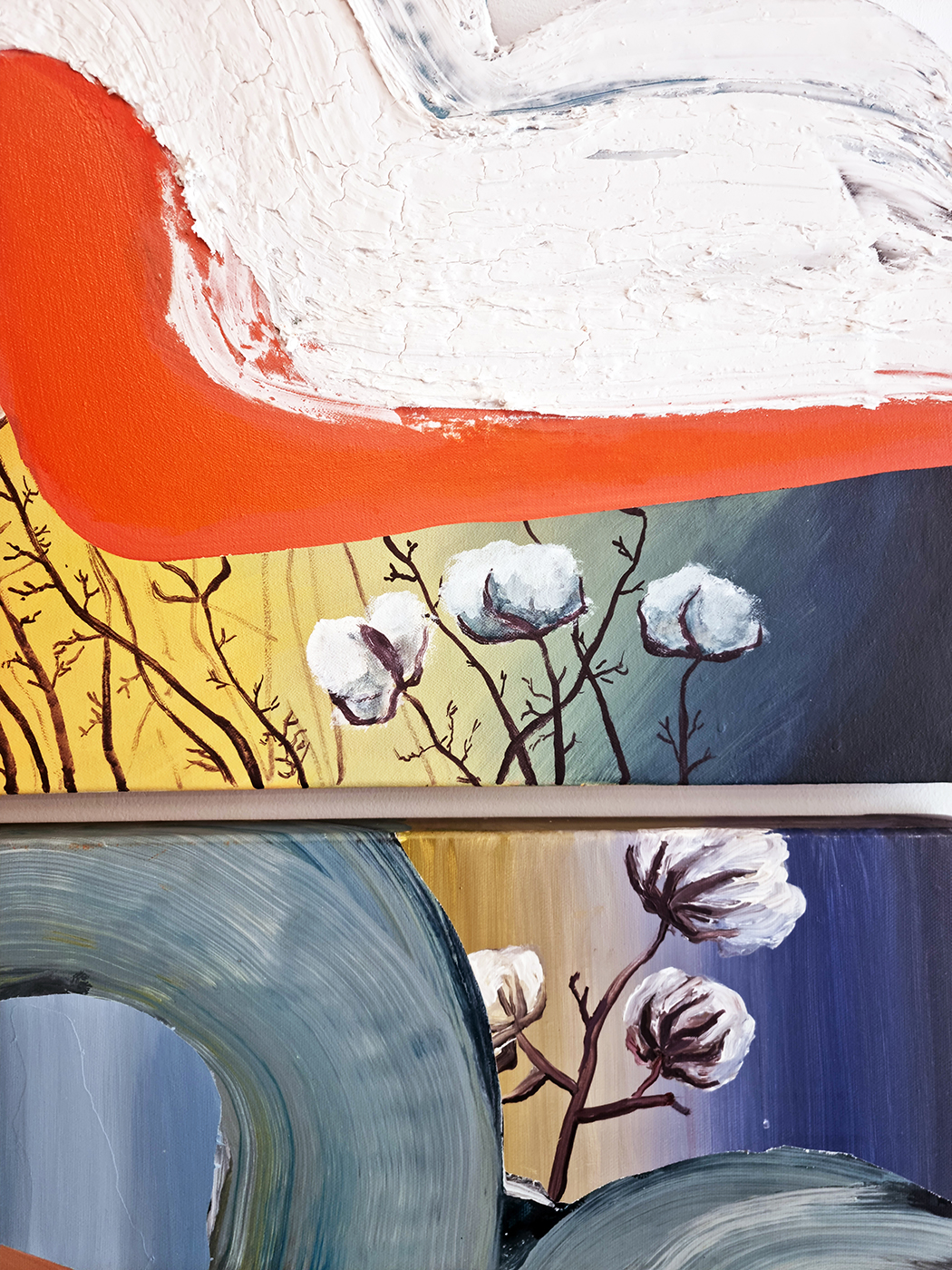
Ramin Haerizadeh, Rokni Haerizadeh, Hesam Rahmanian
Madame Tussauds (Her Majesty), 2020-2022
Détail
Madame Tussauds
Narration of the life of kings by painters, depicting historical realities filtered through the lens of imagination has been one of the rooted artistic methods in the Middle East.
This method of historical recording since 14th. Century, especially practiced in Afghanistan, Turkey, India, Iraq and Iran has sometime taken the shape of court paintings, commissioned by the kings and at times it has taken the shape of tea house paintings sponsored by people.
The body of work in "Madame Tussauds" is a reimaging and recording of the contemporary history in one of the still existing prominent court systems.
The story of the present-day British court in these works is a documentation of our times - a retelling of history based on a reimagined perspective. The depicted narratives take root in the modern Persian literature and the visual culture of the Near East, as well as a recontextualizing of allegories seen in the works of Goya, Thomas Rowlandson, James Gillray, George Cruikshank, William Hogarth, Antoine Watteau. Through this approach, we have taken the role of "unwanted" court painters who dare to offer a different read on history.
RRH, 2022